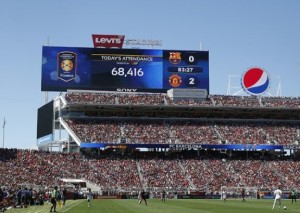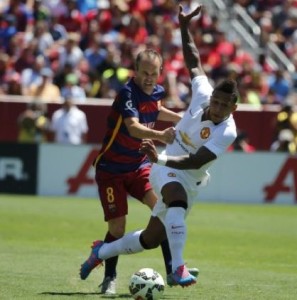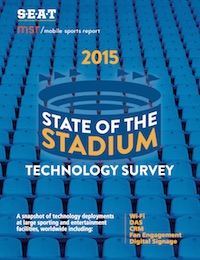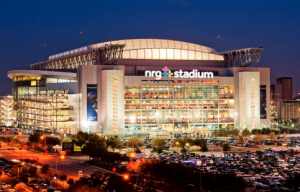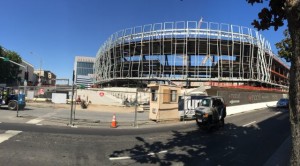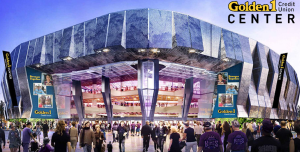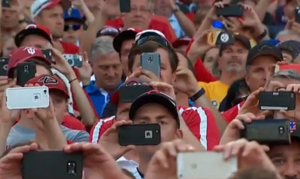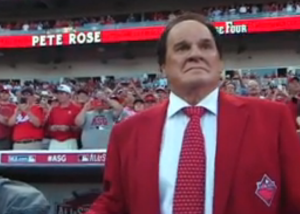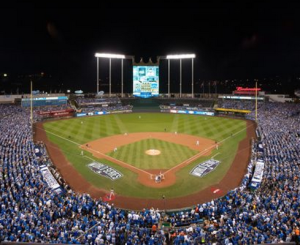With fans arriving early for the 1 p.m. start the Wi-Fi measurements were taken over 7 hours from 9 a.m. to 4 p.m., according to Roger Hacker, senior manager, corporate communications for the San Francisco 49ers, who own and operate Levi’s Stadium. During that period there were 25,643 unique users of the stadium’s Wi-Fi network, with the maximum number of concurrent users of 18,322 taking place five minutes after the game’s start.
The Wi-Fi peak usage bandwidth of 2.966 Gbps was reached five minutes later, no doubt as the sellout crowd started sending the pictures and videos they took of the start of the match. The average Wi-Fi bandwidth used during the 7 measured hours of the event was 1.584 Gbps, according to the Niners.Though the Wi-Fi usage didn’t come close to the stadium record mark of 4.5 TB set at WrestleMania 31 in March, or even the high-water Wi-Fi mark for football set on Sept. 14 at last year’s regular season home opener against the Chicago Bears, it did eclipse some football Wi-Fi totals near the end of last season, showing that soccer fans will find and use Wi-Fi even though their sport has much less non-active time than American football.
One event on the Levi’s Stadium calendar that may dwarf even WrestleMania for Wi-Fi usage is the upcoming Taylor Swift concerts Aug. 14 and 15; it will be interesting to see how Taylor Swift fans use the network, and if they can surpass WWE fans even though it looks like the stadium will have fewer available seats because of the concert stage setup.
